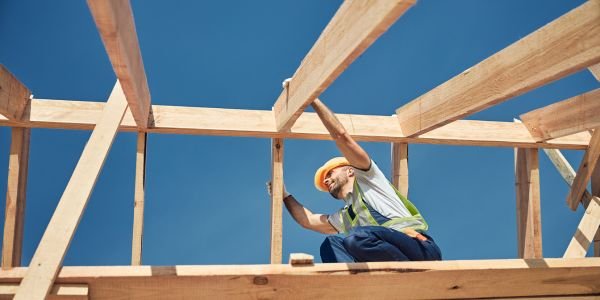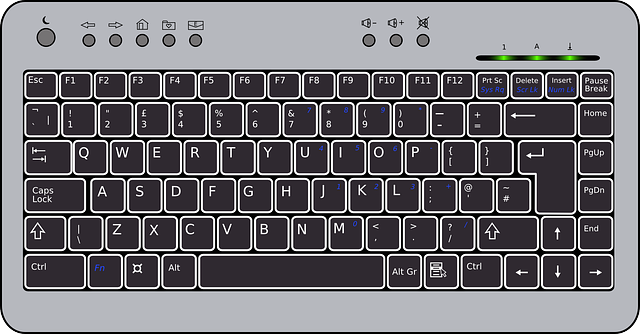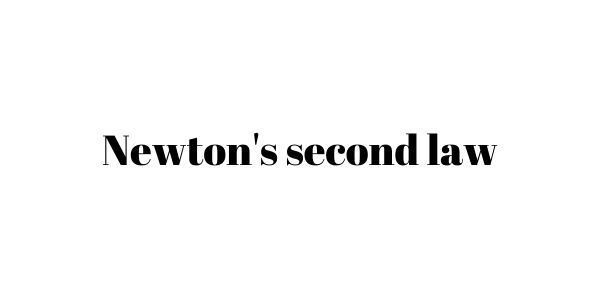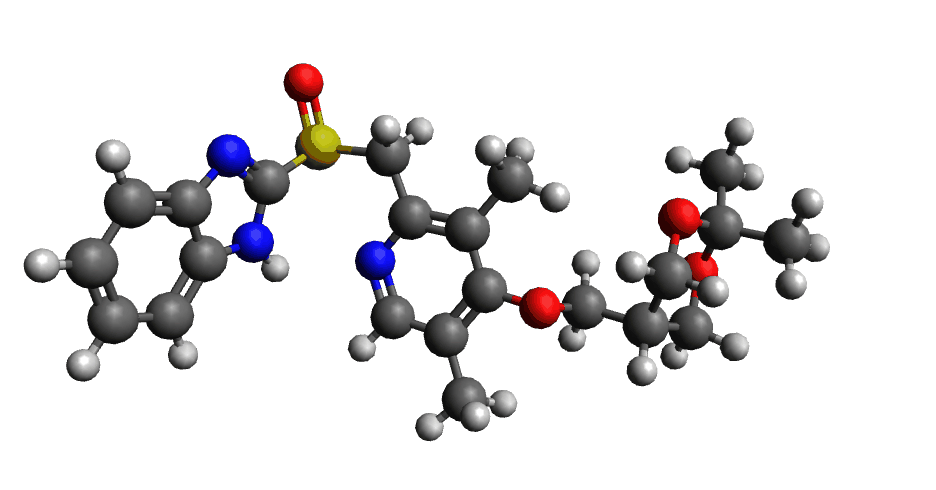Table of Contents
A fixed beam, also known as a built-in or encastre beam, is a structural element that has both its ends rigidly connected so that no rotation can occur at the supports. Fixed beams play a pivotal role in civil, mechanical, and aerospace applications due to their ability to bear greater loads as compared to simply supported beams.
Types of Fixed Beams:
Although fixed beams are predominantly characterized by their restrained ends, they can further be classified based on their geometrical attributes and application:
- Uniformly Distributed Load (UDL) Beam: A fixed beam carrying a uniform load throughout its length.
- Point Loaded Beam: A beam with a single or multiple concentrated loads.
- Tapered Beam: A non-uniform beam whose cross-sectional dimension changes along its length.
- Overhanging Beam: A variant of fixed beams wherein one or both ends extend beyond the support.
- Continuous Beam: A beam that spans over more than two supports.

Loads Acting on Fixed Beams:
- Uniformly Distributed Load (UDL): As the name suggests, this load is spread evenly across the length of the beam. It’s typically expressed in kN/m or lbs/ft.
- Point Load or Concentrated Load: A load that acts at a particular point on the beam.
- Uniformly Varying Load: A load that varies linearly across the beam’s length, usually represented as a triangular distribution.
- Moment Load: This is a torque applied to a section of the beam.
Behaviour of Fixed Beams:
When loads are applied, fixed beams demonstrate specific behaviors:
- Deflection: The downward displacement due to loads. Fixed beams generally have lesser deflection than simply supported beams because of the restriction against rotation at their supports.
- Bending Moment: The internal reaction due to an external load that tries to bend the beam. For fixed beams, the bending moment is non-zero at the supports.
- Shear Force: The internal force acting perpendicular to the axis of the beam, resisting the external load. A fixed beam typically demonstrates varying shear force throughout its length.
Design of Fixed Beams:
The design of fixed beams involves multiple steps and considerations:
- Material Selection: Depending on the application, materials like steel, concrete, or timber can be chosen. Each material has its unique properties, which influence the beam’s strength, flexibility, and durability.
- Load Analysis: This involves determining all the loads that the beam will be subjected to during its service life, including dead loads (permanent/static loads) and live loads (temporary/dynamic loads).
- Moment and Shear Force Calculation: Using principles of equilibrium and compatibility, the internal bending moments and shear forces are computed for every section of the beam.
- Size Determination: Based on the calculated moments and forces, and using material properties and safety factors, the optimal size (breadth, depth) of the beam is determined.
- Detailing: This involves designing the end conditions, connections, and reinforcements (in case of concrete beams).
- Safety Checks: The design is validated against safety standards and codes. For concrete beams, checks for cracking, deflection, and shear capacity are essential.
| Parameter | Description |
|---|---|
| Type of Beam | Fixed (Clamped or Restrained) |
| End Conditions | Both ends are rigidly fixed. No rotation or translation is allowed. |
| Bending Moment Formula | Depends on the type of loading and span. Generally, fixed beams have maximum bending moments at the supports. |
| Deflection | Lesser deflection as compared to simply supported beams due to the fixed nature of its supports. |
| Shear Force | Varies based on the type and position of loading. |
| Applications | Buildings, bridges, and overhang structures where greater rigidity is required. |
| Advantages | 1. Provides greater rigidity and stability. <br> 2. Can support higher loads than simply supported beams. |
| Disadvantages | 1. Generates higher reaction forces at supports. <br> 2. Can be over-designed for certain applications. |
| Natural Frequency | Generally higher than a simply supported beam due to its fixed nature. |
| Moment of Inertia (I) | A measure of a beam’s resistance to bending. Required for calculating deflections and stresses. |
| Modulus of Elasticity (E) | Material property that indicates the stiffness of the beam’s material. Commonly denoted as ‘E’ for materials such as steel or concrete. |
| Critical Load (for buckling) | The maximum load a beam can carry before buckling. Especially relevant for slender beams. |
| Load Types | Point Load, Uniformly Distributed Load (UDL), Uniformly Varying Load (UVL), etc. |
Fixed beams, with their restrained ends, offer a robust solution for many structural needs. However, a comprehensive understanding of their types, the loads they bear, their behavior under these loads, and their design is essential for engineers and architects. Properly designed fixed beams can provide increased rigidity, reduced deflections, and an extended service life in numerous applications.
Also, read the unit of strain
































Comment on “Fixed Beam – Types, Loads, Behaviour, Design”
Comments are closed.